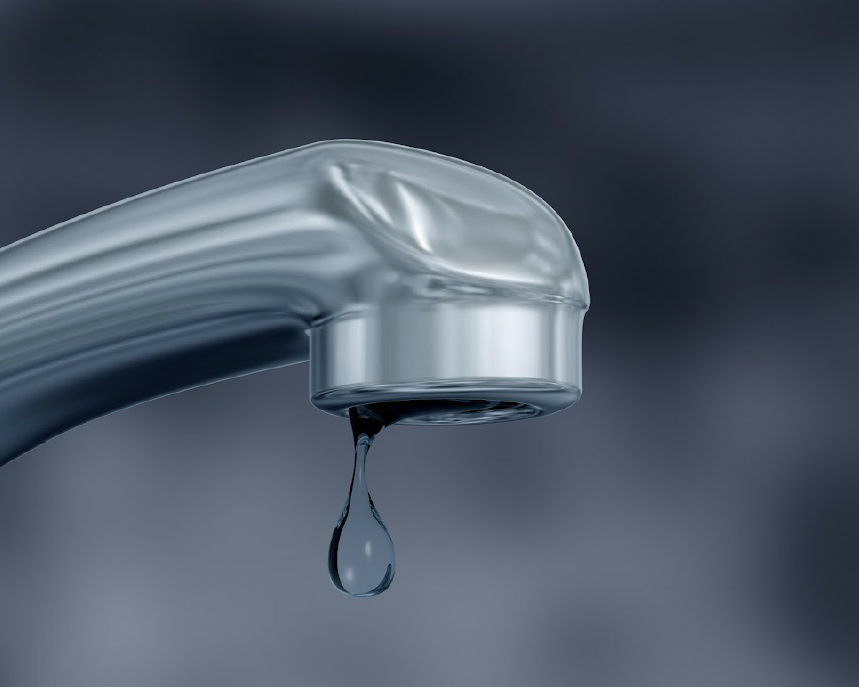Exactly how to Inspect If Your Residence Has a Covert Leak
Exactly how to Inspect If Your Residence Has a Covert Leak
Blog Article
We've encountered the article involving Top leak detection hacks down the page on the net and believe it made good sense to discuss it with you on my blog.

Early detection of leaking water lines can alleviate a potential catastrophe. Some little water leakages may not be visible.
1. Check Out the Water Meter
Every house has a water meter. Examining it is a proven manner in which aids you uncover leakages. For beginners, turn off all the water resources. Guarantee no person will purge, make use of the faucet, shower, run the cleaning equipment or dish washer. From there, go to the meter and also watch if it will certainly change. Considering that no person is utilizing it, there ought to be no activities. That shows a fast-moving leak if it moves. Also, if you find no changes, wait an hour or more and also examine back once more. This implies you might have a slow-moving leakage that might even be below ground.
2. Check Water Usage
If you detect abrupt modifications, in spite of your consumption being the very same, it indicates that you have leakages in your plumbing system. A sudden spike in your expense suggests a fast-moving leakage.
A stable increase every month, even with the very same practices, shows you have a slow leakage that's additionally gradually intensifying. Call a plumber to completely check your home, particularly if you really feel a cozy area on your floor with piping beneath.
3. Do a Food Coloring Test
When it comes to water usage, 30% comes from commodes. If the shade in some way infiltrates your dish throughout that time without flushing, there's a leakage in between the storage tank and bowl.
4. Asses Exterior Lines
Don't fail to remember to check your outdoor water lines as well. Should water seep out of the link, you have a loose rubber gasket. One tiny leakage can lose heaps of water as well as spike your water costs.
5. Evaluate and Analyze the Scenario
Home owners must make it a practice to check under the sink counters and also even inside closets for any type of bad odor or mold growth. These two warnings indicate a leakage so prompt focus is needed. Doing routine assessments, even bi-annually, can conserve you from a major trouble.
Examine for discolorations and deteriorating as most devices and also pipes have a life span. If you believe dripping water lines in your plumbing system, don't wait for it to escalate.
Early detection of leaking water lines can alleviate a possible calamity. Some little water leakages might not be noticeable. Examining it is a surefire way that helps you uncover leaks. One tiny leakage can squander bunches of water as well as increase your water bill.
If you presume dripping water lines in your plumbing system, do not wait for it to escalate.
WARNING SIGNS OF WATER LEAKAGE BEHIND THE WALL
PERSISTENT MUSTY ODORS
As water slowly drips from a leaky pipe inside the wall, flooring and sheetrock stay damp and develop an odor similar to wet cardboard. It generates a musty smell that can help you find hidden leaks.
MOLD IN UNUSUAL AREAS
Mold usually grows in wet areas like kitchens, baths and laundry rooms. If you spot the stuff on walls or baseboards in other rooms of the house, it’s a good indicator of undetected water leaks.
STAINS THAT GROW
When mold thrives around a leaky pipe, it sometimes takes hold on the inside surface of the affected wall. A growing stain on otherwise clean sheetrock is often your sign of a hidden plumbing problem.
PEELING OR BUBBLING WALLPAPER / PAINT
This clue is easy to miss in rooms that don’t get much use. When you see wallpaper separating along seams or paint bubbling or flaking off the wall, blame sheetrock that stays wet because of an undetected leak.
BUCKLED CEILINGS AND STAINED FLOORS
If ceilings or floors in bathrooms, kitchens or laundry areas develop structural problems, don’t rule out constant damp inside the walls. Wet sheetrock can affect adjacent framing, flooring and ceilings.
https://www.servicemasterbyzaba.com/blog/how-to-detect-water-leakage-in-walls/

We were shown that report on Top leak detection hacks from a friend on another web property. Enjoyed reading our write-up? Please share it. Let another person find it. We truly appreciate reading our article about Detecting hidden plumbing leaks.
Report this page